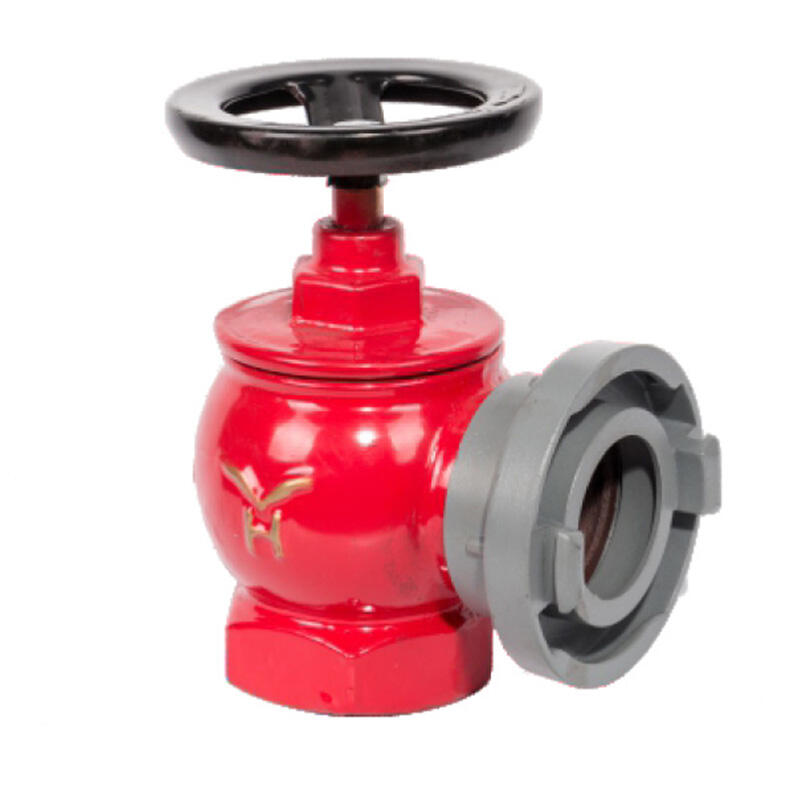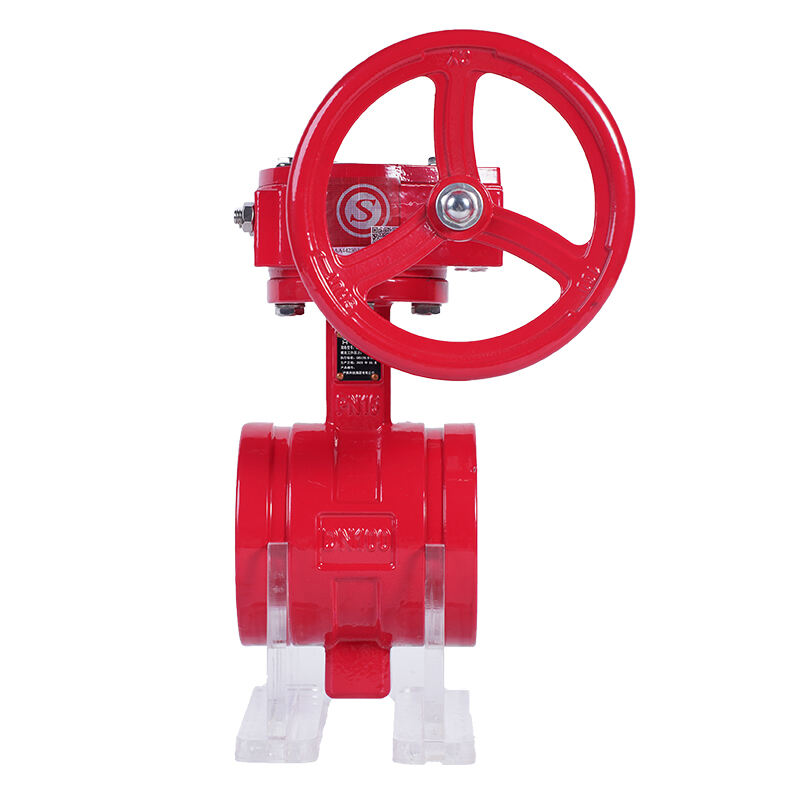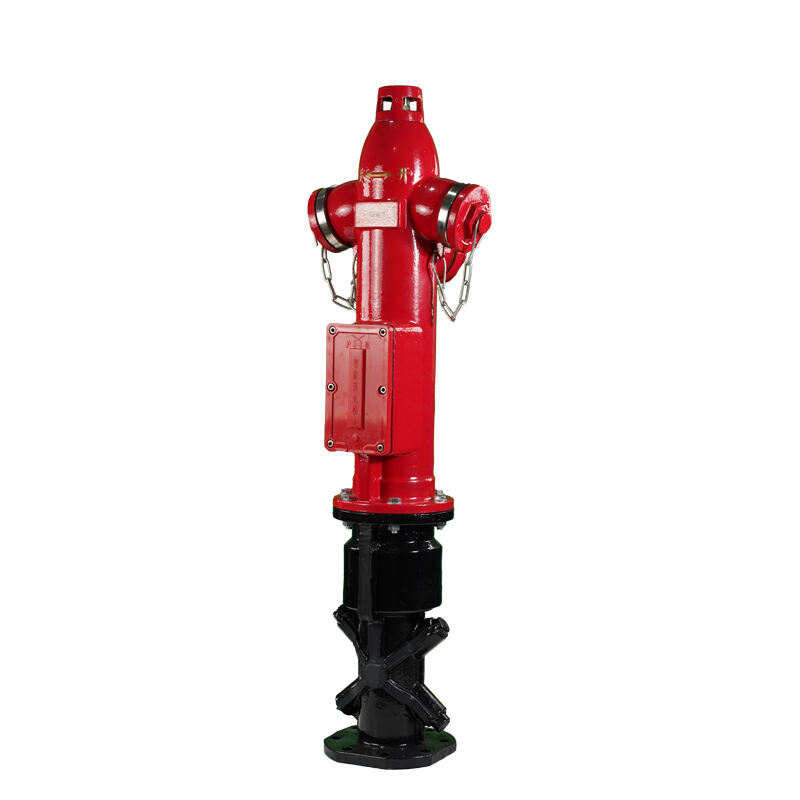fire hydrant indoor
Indoor fire hydrants are critical fire safety installations designed to provide immediate access to water supply during fire emergencies within buildings. These essential components consist of a valve connection to the building's water supply system, a hose connection, and often include a pre-connected fire hose. The system operates under high pressure to deliver water effectively to combat fires in their early stages. Modern indoor fire hydrants feature advanced pressure regulation systems, ensuring consistent water flow regardless of building height or water pressure variations. They are typically housed in easily identifiable red cabinets, strategically placed throughout buildings to ensure maximum coverage and quick access during emergencies. The design incorporates user-friendly features such as break-glass panels or quick-release mechanisms for rapid deployment. Indoor fire hydrants are equipped with standardized connections compatible with fire department equipment, allowing seamless integration with professional firefighting operations. These systems undergo regular maintenance and testing to ensure reliability and compliance with safety regulations, including pressure testing and valve operation checks. The installation locations are carefully planned to meet building codes and ensure that every area within the structure can be reached with standard hose lengths, typically providing coverage radius of 30 meters.


